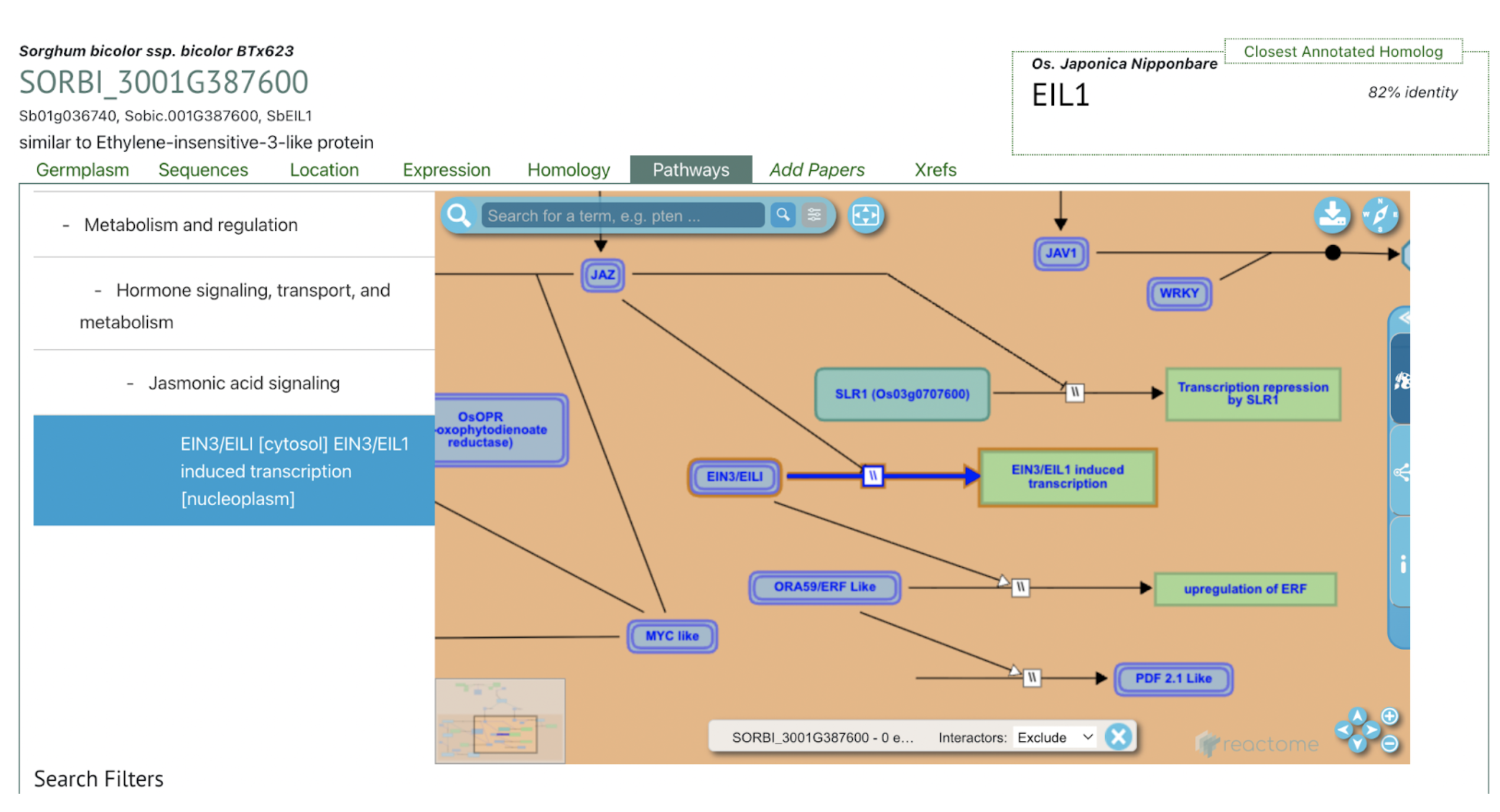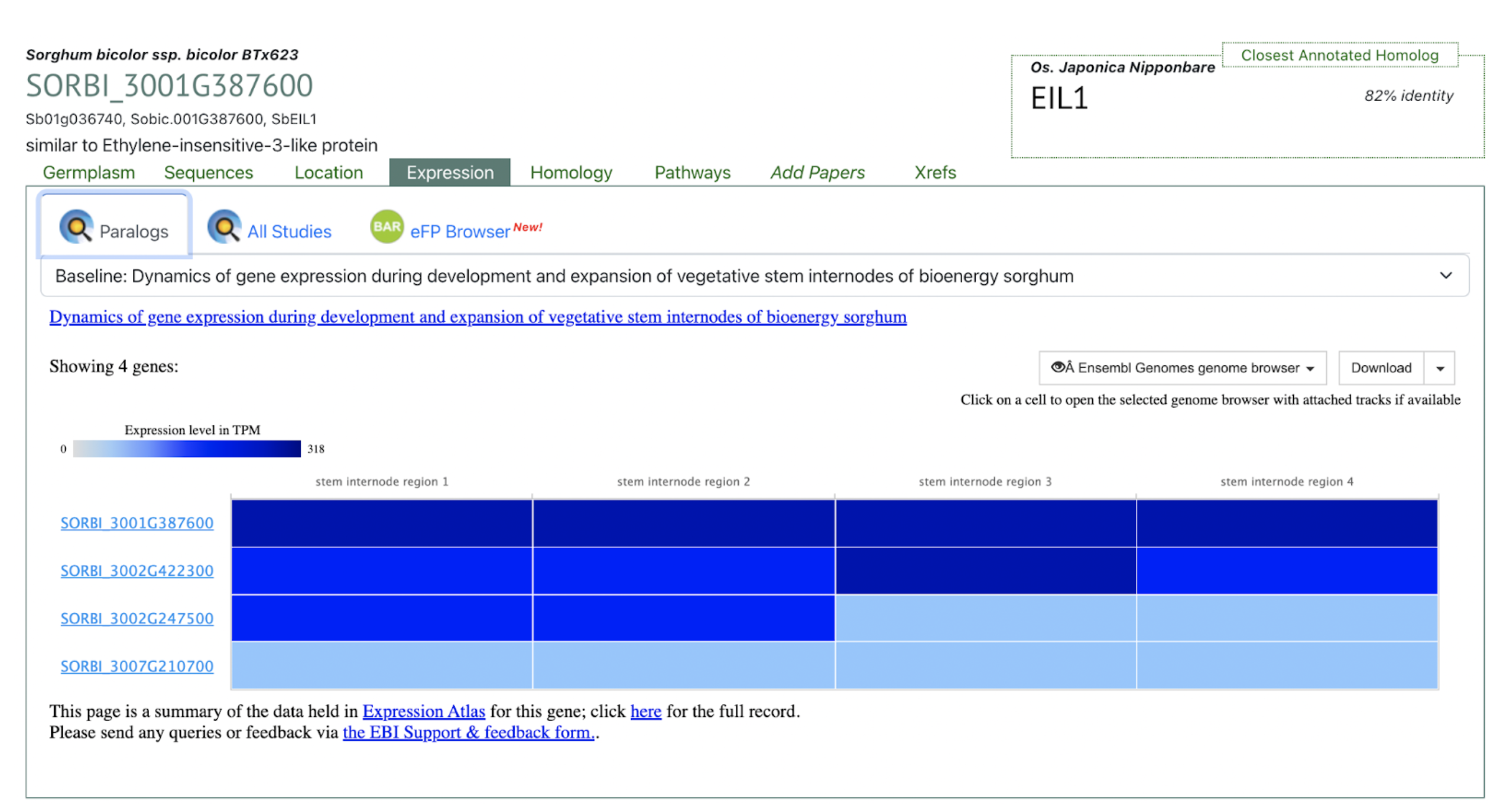Researchers identified key genomic regions and haplotypes controlling sugar accumulation and biomass traits in sweet sorghum, providing valuable resources for breeding high-yield bioenergy cultivars.
Keywords: Brix, GWAS, agronomic traits, haplotype analysis, sweet sorghum
Sweet sorghum is emerging as a highly promising bioenergy crop due to its high fermentable sugar content, adaptability to diverse environments and superior water-use efficiency compared to traditional biofuel crops such as corn and sugarcane. Its ability to thrive under drought and salinity stress, coupled with lower input requirements, makes it an environmentally sustainable option for bioethanol production. The crop’s potential is largely driven by two key traits: Brix value, which reflects the sugar concentration in stalk juice, and plant height, which is directly linked to biomass yield. Genomic studies using diverse association panels have expanded our understanding of the genetic basis of these traits, revealing that integration of genome-wide association studies (GWAS) with haplotype analysis can help identify functionally relevant allelic variants. These approaches provide insights into the genetic architecture of sugar accumulation and biomass production, informing breeding strategies aimed at improving yield and sugar content in sweet sorghum.
Researchers from the University of Agriculture, Kansas State University and the USDA-ARS evaluated a panel of 183 diverse sweet sorghum accessions, generating 14,819 high-quality SNP markers for GWAS. Population structure analysis revealed strong genetic diversity and stratification aligned with geographical origins, underscoring the value of this germplasm for gene discovery. Using advanced multi-locus GWAS models, several quantitative trait nucleotides (QTNs) were identified for traits such as Brix, plant height, and biomass, many of which co-localized with previously reported QTLs. Haplotype analyses further validated superior allelic combinations at key candidate genes, including those involved in sugar transport and cytokinin signaling. Pathway enrichment highlighted amino sugar and nucleotide sugar metabolism as central to sugar accumulation in stalks. Collectively, these findings not only validate robust candidate loci for trait improvement but also provide a foundation for marker-assisted selection and the development of elite cultivars optimized for biofuel production. Future validation efforts through linkage mapping and functional genomics will further accelerate genetic improvement of sweet sorghum as a bioenergy crop.
SB Examples:


Umar AB, Ramalingam AP, Sadia B, Awan FS, Khan FA, Nasir M, Bernardo A, St Amand P, Bai G, Prasad PVV, Perumal R. Genome-wide association study and haplotype analyses reveal the genetic architecture of agronomic traits and sugars in sweet sorghum. Front Genet. 2025 Jul 3;16:1611863. PMID: 40678381. doi: 10.3389/fgene.2025.1611863. Read more
Related Project Websites:
- Ramasamy Perumal’s page at Kansas State University: https://www.agronomy.k-state.edu/about/people/faculty/perumal-ramasamy/
- Bushra Sadia.s page at the University of Agriculture: https://web.uaf.edu.pk/FacultyProfile/Profile/289